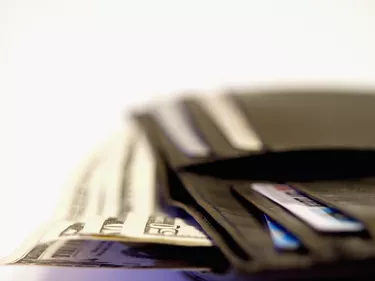
Interest rates in the economy are largely dependent on economic conditions. During periods of economic growth, the increased demand for money places upward pressure on interest rates. Conversely, periods of economic decline put downward pressure on interest rates.
Recession
Video of the Day

A recession is a decrease in economic activity over a period of time. According to the National Bureau of Economic Research (NBER), six months of diminishing economic activity is the general measure of a recession, although the NBER also examines gross domestic product and gross domestic income.
Video of the Day
Interest Rates

Decreasing economic activity is consistent with decreasing demand for borrowing. This lack of demand pushes interest rates downward. In addition, the monetary policy exercised by the Federal Reserve during a recession is to increase the money supply to push down interest rates. Lower interest rates encourage economic activity by making consumer spending and business investment and financing cheaper with lower interest rates.
Data

A survey of federal funds data from 1950 to 2010 from the Federal Reserve Bank of St. Louis indicates that the federal funds rate decreases during recessions. The data is consistent with the goal of the Federal Reserve to decrease the interest rate during recessions to trigger a growth in economic activity.